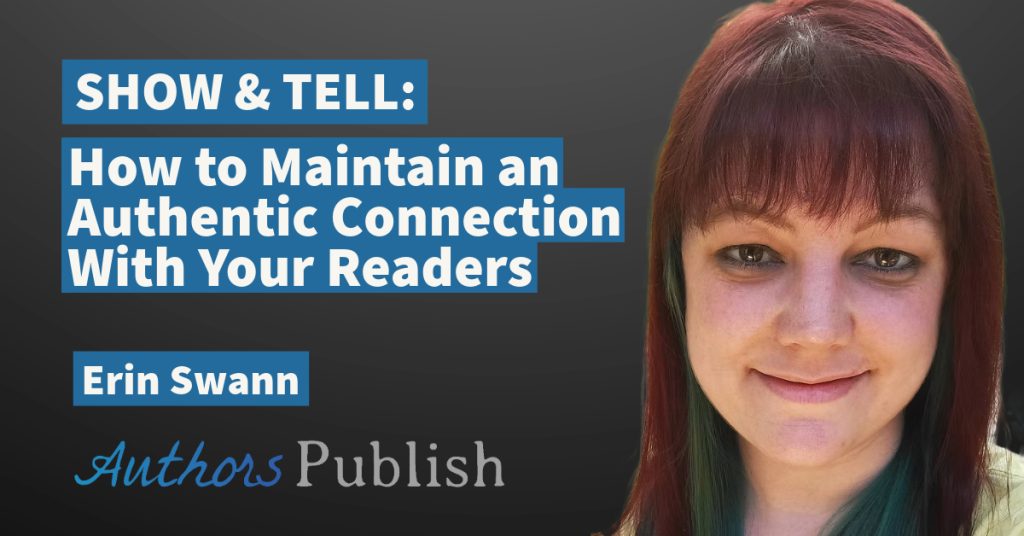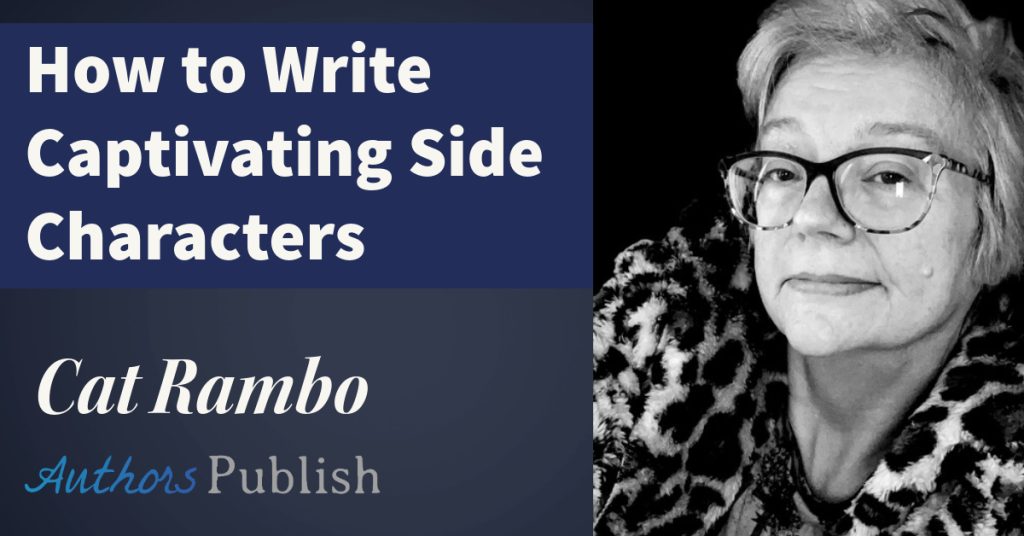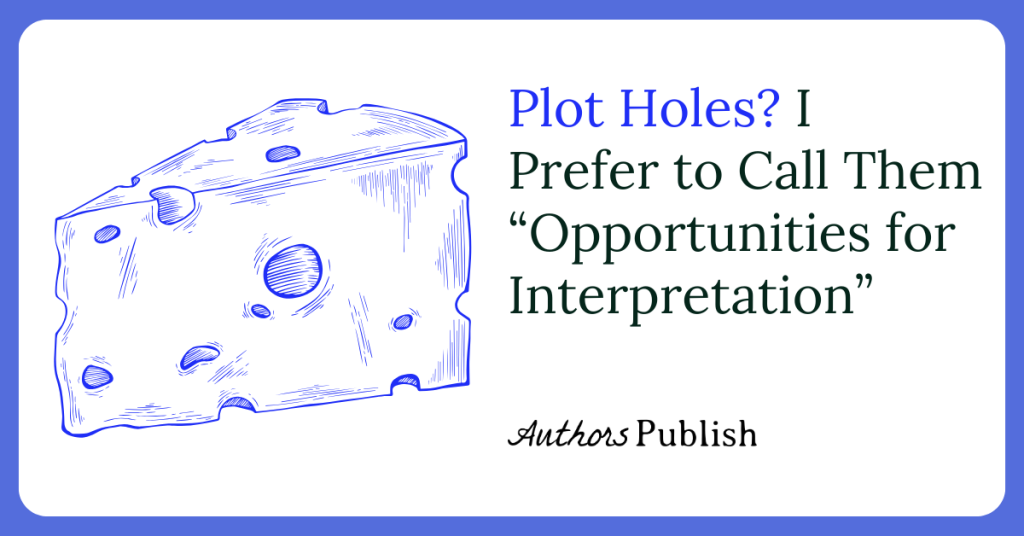By Ann Ingalls
When I moved to Missouri from New York state with my husband and young children, I knew there would be many changes and adjustments. I looked forward to learning about a new part of the country, history, meeting new people, and learning about new customs. What I didn’t expect was the wonderful, wide spectrum of expressions which would become part of my vernacular.
About two weeks after we arrived, I signed my daughter, Sarah, up for toddler swim classes. “Mind if I take the locker next to yours?” I inquired of another mother. She smiled sweetly, and replied, “It don’t make me no never mind.” Had I landed on another planet? I couldn’t make sense of of her response at the time but her friendly delivery had carried her message.
That informal, everyday kind of language spoken in different locations, dialects or variants is called colloquialism. It evolves over time in many populations. It is distinctly different from formal language. An example that comes to mind is the use of the expression “Yes’m” as a substitute for “Yes, Ma’am” which is again a substitute for the very formal “Yes, madam”.
As authors, we often use colloquialism in both fiction and nonfiction, in dialogue and narration to show characters speaking in realistic ways. This gives our characters narrative, distinctive, entertaining voices.
Colloquialism and slang are types of informal language, but the terms are distinct. Slang is used by a much more particular group or subculture and may not be widely understood by the broader culture. Colloquialism, on the other hand, is commonly used by all speakers belonging to a culture—typically defined by geography, time period, social class, and/or ethnic group.
In my view, slang is a subcategory of colloquialism rather than a separate category of informal language. It becomes colloquial as it is adopted into popular culture, especially when helped along by music, literature, and other forms or media.
Writers may use colloquialism to enrich the writing. In dialogue, it suggests a character’s social background and where they live.
In narrative, colloquialisms work much the same way. An author might use it to give clues about the narrator’s background. If a character is saying “Neato!”, “Jazzed!”, or “Far out!”, she may be “living” in the 1960s.
Something like the following might indicate life on a ranch:
“Ain’t never been a horse that couldn’t be rode. Ain’t never been a rider that couldn’t be throwed.”
I borrow works from glossaries unique to the subject matter I am writing about. And I use colloquial similes and metaphors like the following in descriptive passages to better engage a reader’s senses:
Scarce as deviled eggs after a church picnic.
More fun than a sackful of kittens.
Grinning like a possum eating a sweet potato.
Adding colloquialisms provides personality and authenticity to your work. Here’s an example from a book I wrote:
Australia is home to more than 4,000 different types of ants and 350 types of termites. And buzzing flies in summer? Why, they can make you go off like a frog in a sock!
Bio: Ann Ingalls passes the day exaggerating (writing fiction) or telling the truth (writing nonfiction). She has written over sixty books for young readers. Her books have won several awards or distinctions: Bank Street Books, Best Books of 2020, the 2015 Annual American Graphic Design Award and the Ella Fitzgerald Foundation’s “A Book Just for Me!” PENCIL: A STORY WITH A POINT! was on the SSYRA list and awards from the Highlights Foundation.






